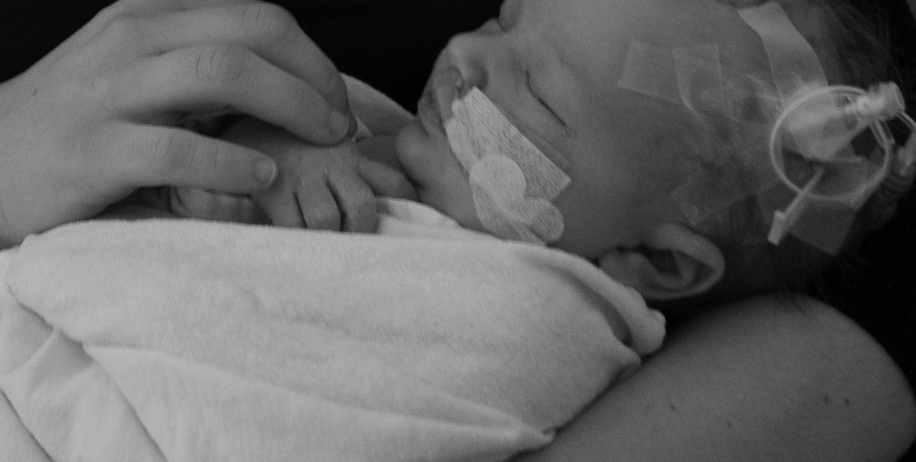I am nourished by the beings and things inhabiting the traditional Indigenous territories known as Tiohtiá:ke to the Haudenosaunee, Mooniyang to the Anishinaabeg and Montréal to others. As an unceded Indigenous land that has historically provided a meeting place for many nations, I warmly thank the Kanien’kehá:ka of Kahnawake and Kanehsatà:ke who continue to care so benevolently for its well-being. I invite you to listen to and read the stories of each of these Peoples, as we all come from different places, and from each of these different territories come different stories.
I thank the people who built the buildings in which I live and work, and the people who take care of them and maintain them. And as the mother of a disabled child, I thank the people who care for her (in my communities, in her school’s point-of-care, at the rehabilitation centre and at the hospital) enabling me to carry out an artistic practice. I also think of all the people who don’t have access to the buildings and institutions where I live and work, and I recognize my privilege to have access to them. My own child does not have access to many of these places.
” It is through the care of a disabled child that I have had to turn around my own understanding of a good life and a just society.
I couch these new understandings as what I have learned from my daughter Sesha. These are offered up as arguments and as stories. Through them, I mean to convey the transformations of thought and self-understanding that have come out of encounters with my daughter, with her needs, her body, her mode of communication, and her relationship to me and the world. ”
– Eva Feder Kittay,
(Learning from My Daughter: The Value and Care of Disabled Minds)

Having to take care of my child’s development since birth, I found my time in the studio squeezed between medical appointments and my day job. Caught up in obligations, finding myself sidelined from artistic circuits, it was difficult to find my place to contribute to my field of expertise. In recent years, these questions have subtly changed register, leading me to the question: what does art bring to life, how does art contribute to our lives, to my life? In truth, I’d been (re)asking myself this question since it had always been fundamental to my practice. From a very early age, I understood that my art practice would enable me to say what I couldn’t say with words. It may even have been what sparked my desire to become an artist. Even as a child, having been raised by my grandparents and having accompanied them in their last years of life, I quickly understood the interdependence that links us all.
In the course of my practice, I’ve come to approach each life and creative experience from the same theoretical and practical angles, enabling me to reconcile and make peace with the many facets of my daily life, accepting the flaws and contradictions and cherishing more fully the relationships of friendship, trust and good care that populate it.